As the second biggest industrial subsector in Morocco, Agribusiness in Morocco accounts for around 27% of industrial GDP. Value added in the industry is approximately Dh30 billion (€3.26 billion). It represents around 30% of the industrial added value.
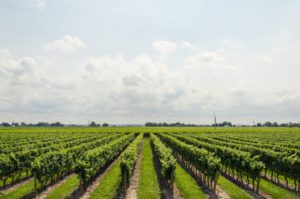
There are a total of 2050 industrial units in Agriculture in Morocco. It includes primarily SMBs. This employs up to 143,000 people, who account for 25 % of industrial labor. Between 2000 and 2011 the average yearly turnover in the industry was 6%. Cereal, dairy products, and poultry processing have been key growth areas in recent years.
Main Elements of Agribusiness in Morocco:

There are many elements of the Morocco agricultural sector, we can state as follows:
1 – Environment of business:
Broadly speaking, Morocco’s economic environment continues to be vulnerable to some of the same issues. But they have plagued global economies in recent years, especially the lengthy impacts of the EU crisis, the biggest trading partner of the Kingdom of Morocco. On the internal front, the industry was impacted by the shortage of liquidity. It is due to a stronger bank loan grip, which hampered both capital expenditure and family buying power. While annual average inflation has not surpassed 3.9% since 2000, household spending continues to decelerate, increasing by 2.7% in 2014 and decreasing by 3.7% in 2013.
2 – Trading:
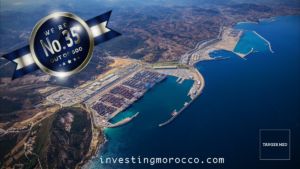
investing in Morocco, Tanger Med.
Production of Agribusiness in Morocco is mostly for the local market, with exported products representing 12% of overall industrial exportations. While their worth has risen, quantities in the last decade have remained more or less consistent. The Green Morocco Plan, said Jamaa Hakim, Head of Studies, Legal Affairs and Communication at the Ministry of Foreign Trade has enabled the sector to build a wide spectrum of exportable products both in number and in quality. The issue currently facing us is that these products should be suitable for export, create adequate logistics for the production of our existing trading partners and new prospective markets, and design creative marketing strategies.
The tea industry is a promising sector. According to Hamid Raji, director of the company T-Man Holding, based in Casablanca, the new financial law presents Morocco with a tremendous chance to capitalize on its rich heritage of tea culture. The Kingdom can now produce tea rather than just import it and build a great export brand.
The crisis in Europe worsened by increasing rivalry for market share, has greatly impacted demand in recent years. According to preliminary information published by the Office of Changes in 2015, exports of processed foods increased 8.3 % in value compared with 2013 and ranked behind automotive and electronics exports. Canned products (mostly processed fruits, vegetables, and shellfish) and olive oil have traditionally dominated processed exports from Morocco.
3 – The Moroccan Green Plan:

The government of Morocco has prioritized the growth of its agriculture industry. Since the launch of the Green Morocco Plan in 2008, farm production per worker has grown rapidly. Agricultural growth rates have averaged 9.3 % over the past five years. Productivity per hectare has also increased as irrigated plots have increased.
The Green Morocco plan has resulted in over 100 billion dirhams in investments in drainage systems and produced 43 billion dirhams of extra GDP. Sector growth has considerably increased over the last seven years. So, it appears feasible that the government’s aim of double agricultural GDP by 2020. The average annual increase in agricultural GDP in 2015 was 7.7 %. It is surpassing Dirham 118 billion – compared to Dirham 75 billion in 2008.
4 – Aggregation:
Aggregation is essential to the creation of more productive Agri-industry ecosystems. Soufiane Larguet, head of the strategy and statistics division of the Ministry of Agriculture and Fisheries, to connecting small and large-sized producers, both in terms of quantity and quality, is essential for producing products in line with the demands of our food processing industries. Aggregation is without a doubt an inventive method of enabling this. Initiated under The Green Morocco Plan, cereals, milk, and sugar are sectors that have so far effectively taken up this new operating paradigm. However, the aggregation’s overall effect remains restricted and hard to assess since barriers relating to finance and the regulatory system framework, for example, still need to be navigated.
5 – Farming sites:
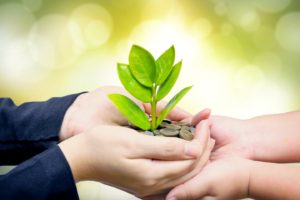
Six agricultural sites are being established in important areas to enhance upstream operations. These platforms are aiming to attract investments in Agribusiness in Morocco. It is because of the increased access to land and added value through the cooperation of upstream and downstream. Meknes and Berkane are already operating in Northern Germany. MedZ made them both. It is a subsidiary of (Caisse de Dépôt et de Gestion), an institution of public finance for long-term savings and territorial development.
In the inland areas of Tadla and El Haouz, two additional sites are planned. Also, in the future, you can expect two more near the Atlantic coast in Agadir and Gharb. Tadla is expected to be the next company to launch. Also, it is presently being built by Sapino. It is a subsidiary of Moroccan developer ONAPAR, in a 208-hectare area.
The two operating plants in Berkane and Meknes have steadily begun to welcome several industrial plants. Also, Swiss Elephant Vert has just become one of the international plants to establish a store in Meknes. The €25 million facilities are already operating to produce 50,000 tons of biofertilizers and 120 tons, primarily for the local market, in 2015. The company plans to build two additional units for a total investment of Dh725m (€78.9m) in Berkane and Agadir by 2017.
6 – Challenges:

Despite these promises, there are also obstacles. Under PMV, agricultural production has increased but processing companies still encounter problems in obtaining inputs. Only a tiny proportion of the agricultural production is processed because raw commodities are mostly sold locally and exported as fresh products. Crop yields also vary depending on meteorological variables. Imports may also affect customs charges in some instances.
On the local front, there is an intense rivalry with foreign brands, worsened by the signing of FTAs with countries such as Turkey.
The 20% VAT presently imposed on the sector is harmful to the total capacity of the industry in innovation and continues to be cost-competitive. So, deterring processing operations and leading to slow growth in the informal sector.
7 – The major difficulties and obstacles:

The greatest issue lies in the lack of added value in the industry. The growth in Agribusiness in Morocco has been sluggish and contributes to just 5% of Morocco’s GDP, compared to 15% for agriculture. However, the industry has tremendous potential for development. It is due to the demand for processed products has grown due to the gradual changes in consumption patterns over the past 20 years. In reality, since 2004, the demand for agribusiness goods has grown at an average yearly rate of 4%. The same is true of family demand for agricultural goods.
The utilization of production factors on the investment side remains minimal. The usage of fertilizers is four times lower per hectare in Morocco than in France. It is eleven times lower than in Spain. Farmers also have minimal access to financial institutions. Also, just 18 % may get bank loans. It means that funding for the Agribusiness in Morocco initiative is restricted.
Drought and unpredictable rainfall are some of the most vital growth barriers in the industry. They are resulting in enormous agricultural production volatility. The government is taking action to tackle this issue. A large public investment program should allow irrigation and productivity per hectare to improve. Also, the conversion of crops should facilitate the production of higher value-added products.
If present global economic circumstances and declining food prices persist, private investors will have little motivation to risk becoming apparently unprofitable companies. A protracted global economic slump may damage the region’s growth performance. It reduces the funds available for farm investment and expansion. It can affect the Agribusiness in Morocco as well. But the country is working on it to overcome these issues.
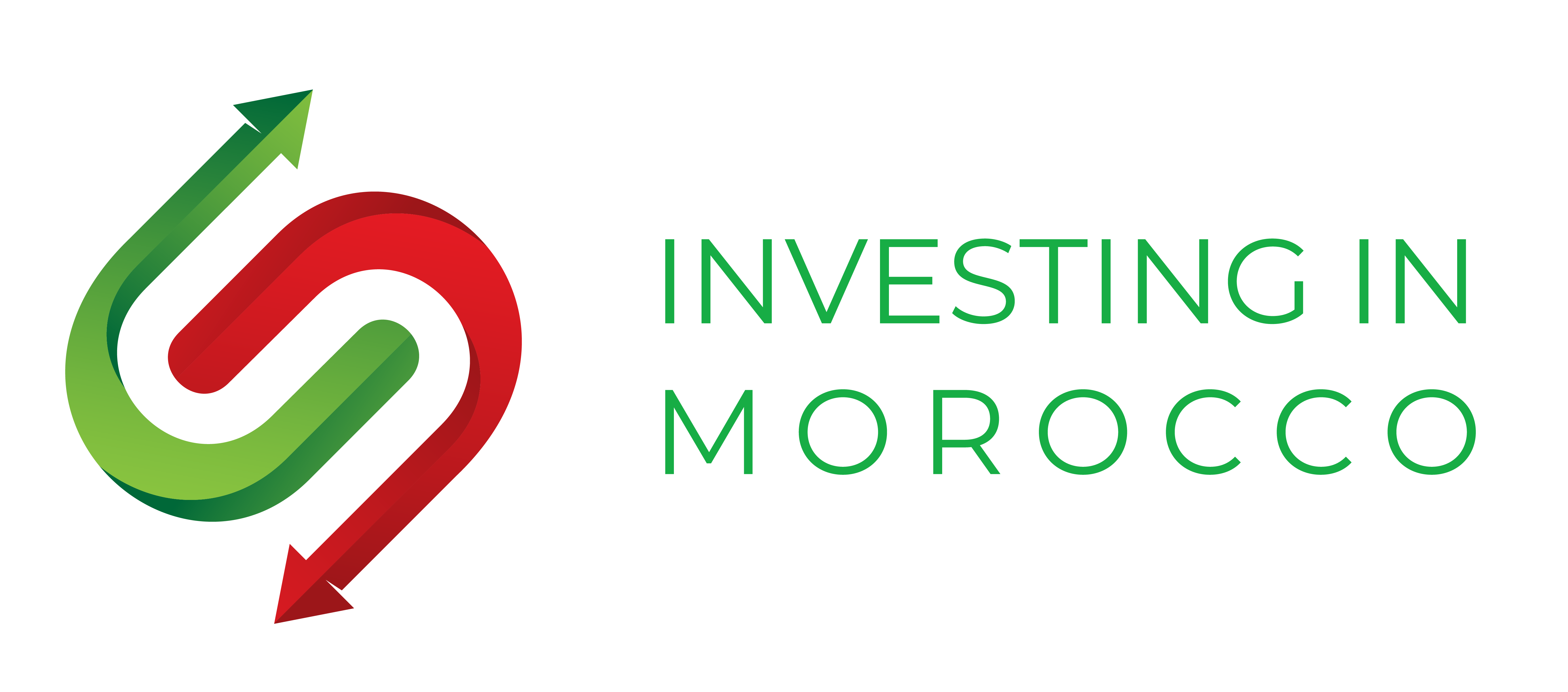
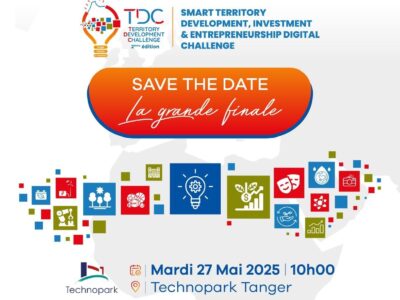
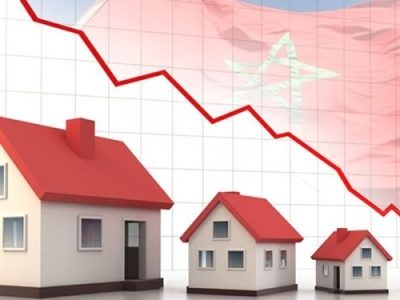
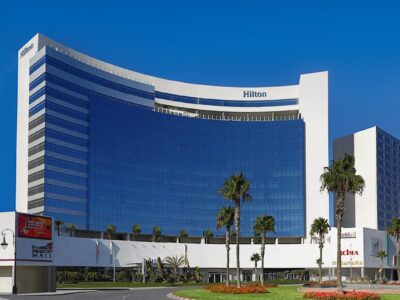

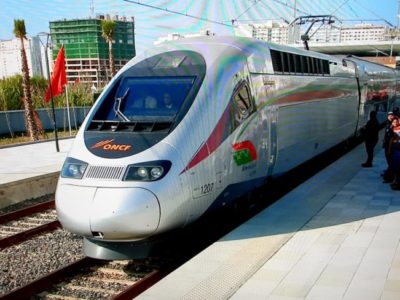
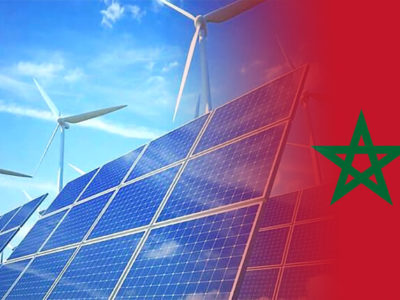
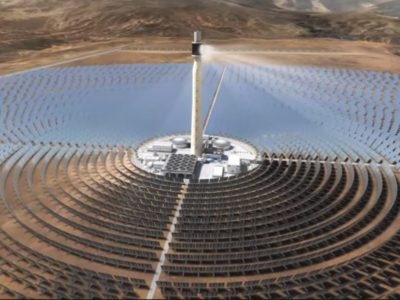

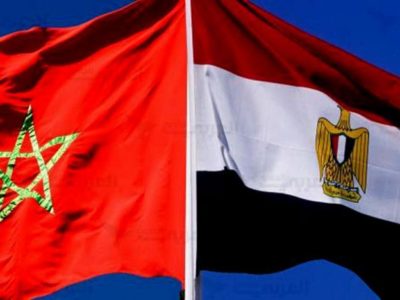
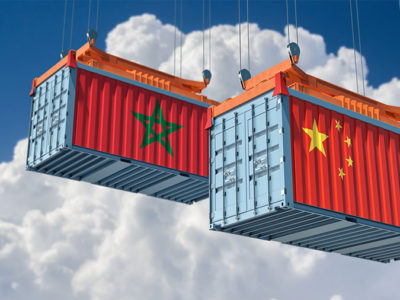

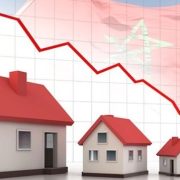
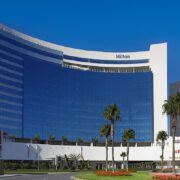
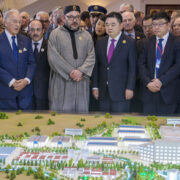
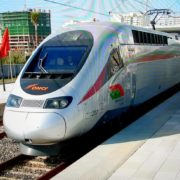


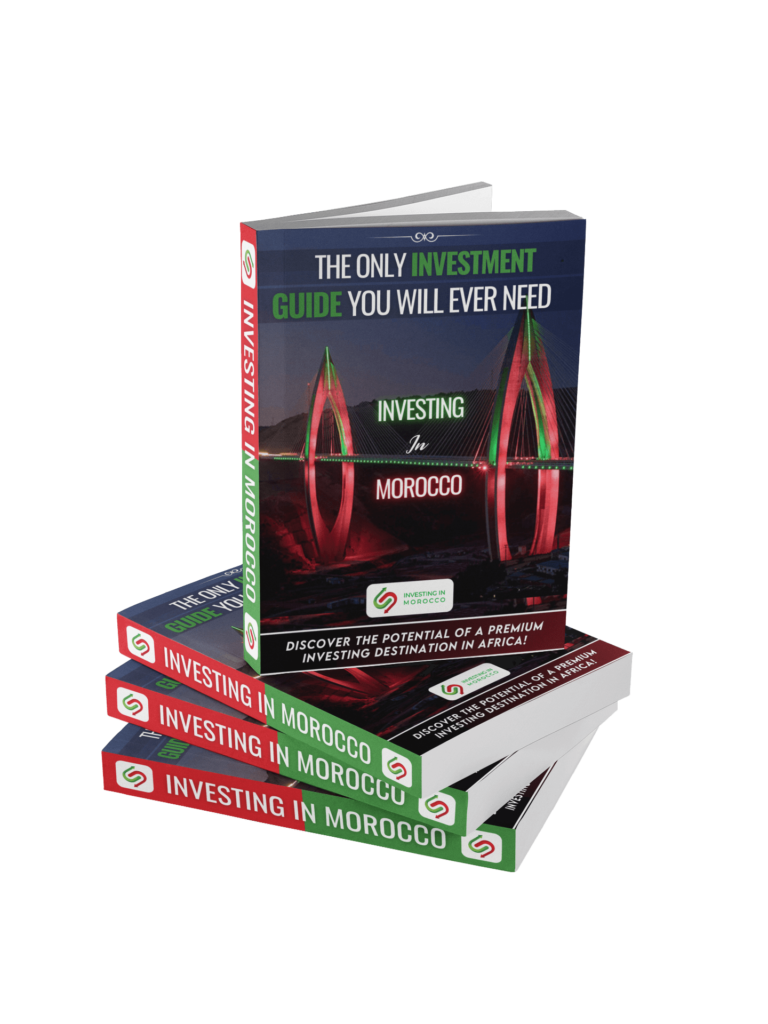
Comments